So you’ve decided you want to embark on the incredible journey of backpacking across Spain on the Camino de Santiago… Congratulations! This is by far one of the most life-changing, difficult, yet gratifying journeys you will ever take.
When I set out on the camino by myself in the summer of 2021, I had noooo idea how many challenges awaited me. There were the highest highs and the lowest low and I’m a changed person for that. I’m not even exaggerating a little bit. For me, the camino was a spiritual experience and although it didn’t go exactly as I planned, I’m grateful for the entire journey.
Now, partly why the camino started on such a difficult foot for me was that I really did not pack right. I read every blog and watched every youtube video on the subject, but I still found myself wishing I had packed differently. I’m going to walk you through all the changes I would have made if I were to start the camino again right now. I will provide you with the full list of everything I believe you need for a successful journey.
Starting with the most important decision first…

The Best Women’s Backpack for the Camino de Santiago
If you are planning on having your bag sent ahead for every day (about 8 euros a day), then you can pack whatever you like. However, if you wanna carry your bag the whole way, definitely listen up.
I’m going to say this so many times: the smaller and lighter your bag, the better off you are.
I’m also going to let you in on a little secret: every single blog post I ready went on about how flat the camino is. How it’s not that difficult and how anyone can do it… They’re right that anyone can do it, but I was really thrown off by how not flat I found it to be. If you start in St. Jean Pie de Port, the first few days are quite up hill. Very, very uphill. This is expectedly the most difficult portion of the camino. It levels out a bit but there are also quite a few days where you must walk uphill.
It gets really tiring, guys. I considered myself moderately in shape before the camino (I climbed Mt. Katahdin a couple months before), but I was not prepared for all the walking and climbing uphill day after day. Whew.
It gets easier, but it’s still hard, especially with a giant bag.
That being said- I’m not trying to scare you off from doing it. Yes, it can be difficult. But it’s so worth it. You really just need to make sure you have the perfect bag (which I did not).
I didn’t have quite a lot of money going into it and brought a bag that my mother bought me off amazon. Big mistake.
The bag felt lopsided from the get-go, no matter how I readjusted it. My back was in immense pain and the straps rubbed all the skin off my collar bones. I began to wear woman’s pad on my collarbones just to protect the skin haha!
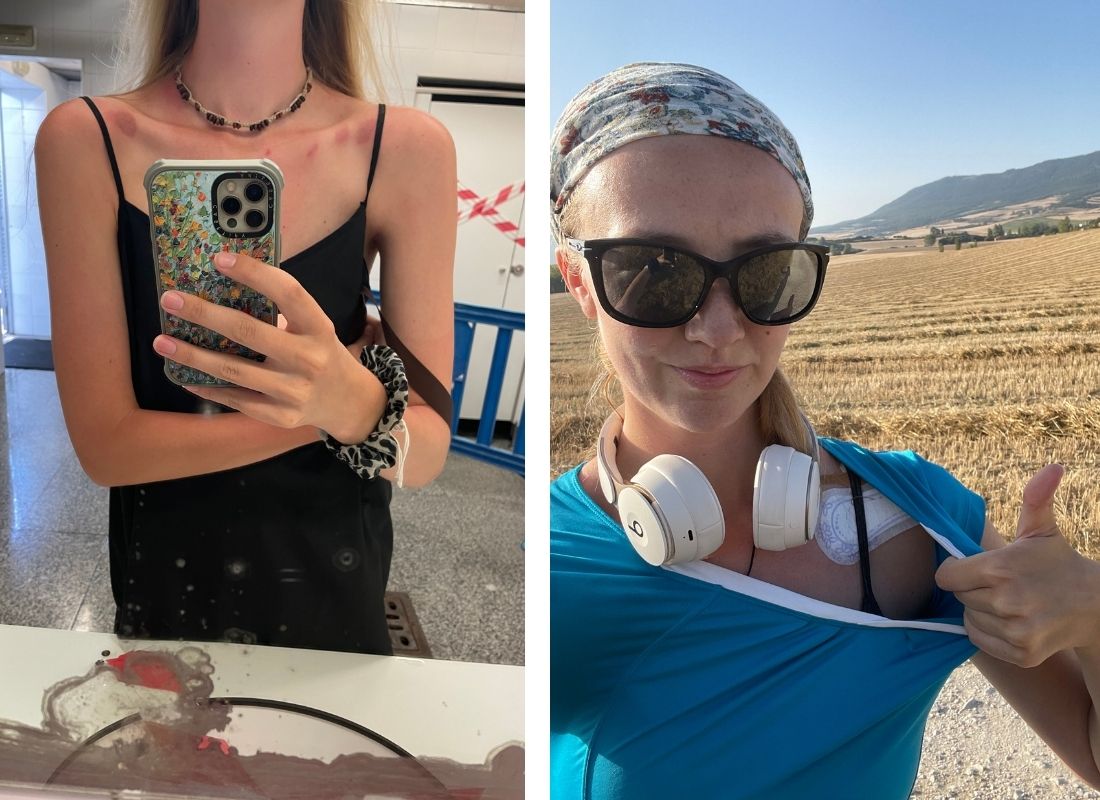
My lovely makeshift bandages
Make sure you invest in a quality bag. It can make or break your trip. The bag I brought was only 40 liters. I heard from many people that this was a good size- however, I genuinely think I could have gone smaller. It was very easily to fit all my items in the backpack and my sleeping bag. I would definitely say that 30 liters would have been preferable for me, since I went in the summer and had only light clothes. It would have put me in the mindset of packing even less, which is what I wish I did.
Also, definitely go for the waist straps. These save your back from utter failure. Trust me.
I have a feeling I would have loved the Osprey Sirrus 24 Women’s Hiking Backpack. It’s definitely a bit on the smaller side, but that is exactly what I needed.
I also wouldn’t be against the Osprey Tempest 30L Women’s Hiking Bag. (I’m a big Osprey fan… their zippers never break no matter how hard I try haha.)
The Deuter Future 28L backpack is another option I would consider.
If you are going in the early spring, late fall, or winter and have some heavier clothes, you may choose to bring a 40L bag to fit all your things. If you do, definitely go with one that fits well on a woman’s body. It’s not just the size that’s important, but also how it fits you. Try it on, put a few heavy things in there, and go for a walk around the neighborhood. If it’s uncomfortable at all in any way, try readjusting. If that still doesn’t help, get a different bag.
Other Good Backpacks for the Camino de Santiago
Remember, the smaller and lighter your bag, the better off you are. For men, I would for sure still recommend 30-40liters, probably more to the 40L side considering clothing size. If you’re not comfortable purchasing one online, It could definitely help to go to your local outdoorsy / sporting goods store to try on backpacks and ask a sales rep about them. Try them on and get a good feel for your that fit on your back, shoulders, and waist.
However, I have some friends who have tried and recommended the following various sized bags-
Osprey Packs Skarab 30L Men’s Hiking Backpack
Mountaintop 40L Hiking Backpack
Nevo Rhino 45L Internal Frame Hiking Backpack
Check them out and read up on their features before determining the best fit for you. This is a very, very, very important decision!
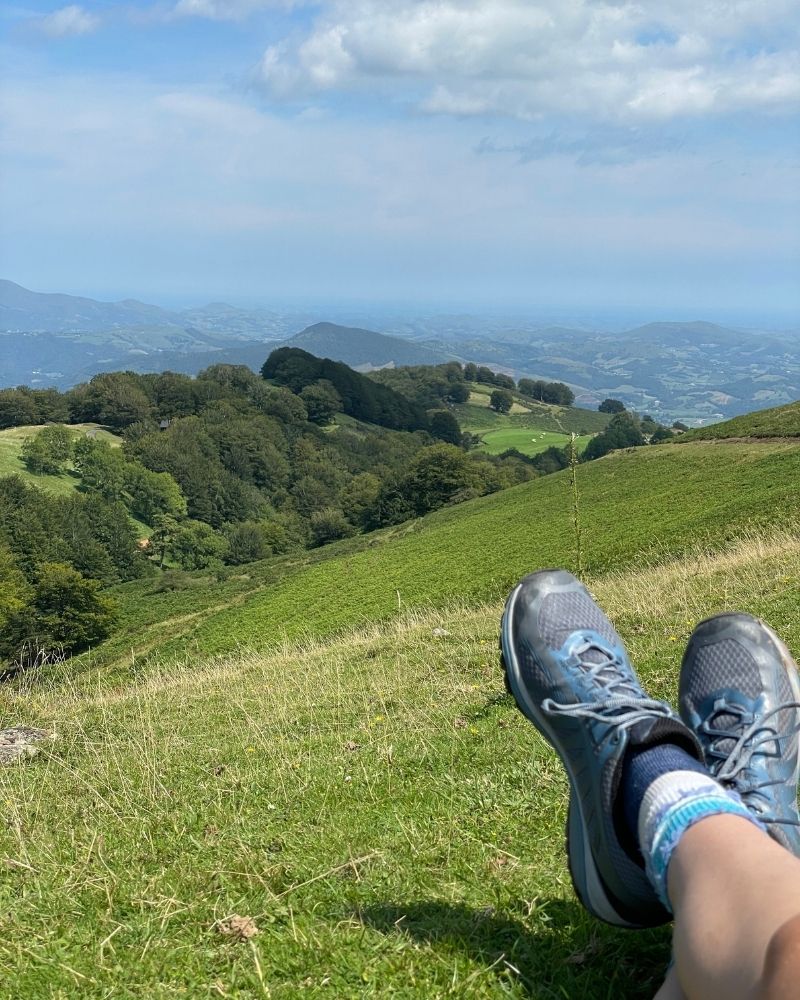
The best sneakers ever
Best Sneakers for the Camino de Santiago
This is the second most important thing for the camino… and by God if I didn’t get it exactly right.
While everyone spent their nights nursing blisters and foot wounds, I completely the entire camino without one. single. blister.
I get bragging rights for that, come on. Blisters are like a rite of the camino and my perfect socks and sneakers said ‘thank you but no’ very kindly.
What sneakers did I pack? You ask- I wore the beautiful Merell Woman’s Hiking Sneakers. There’s also these Vented Merell Woman’s Hiking Sneakers.
I wanted something versatile, that I could wear climbing mountains, but also on large flat stretches of land. Shoes that were stable on my foot, but not too hot or heavy. I don’t regret a thing. Hiking boots are not necessary on the camino- yes, there are some mountains and hills, but also a lot of walking on dirt roads and paved road. Hiking sneakers are your best bet.
I also recommend the same for men – Merrell Hiking Sneakers for men. These are some serious bad boys.
I must also include that you should definitely, definitely, definitely wear your sneakers in before starting the camino. I went for a few 3 miles walks and went on some hikes beforehand.
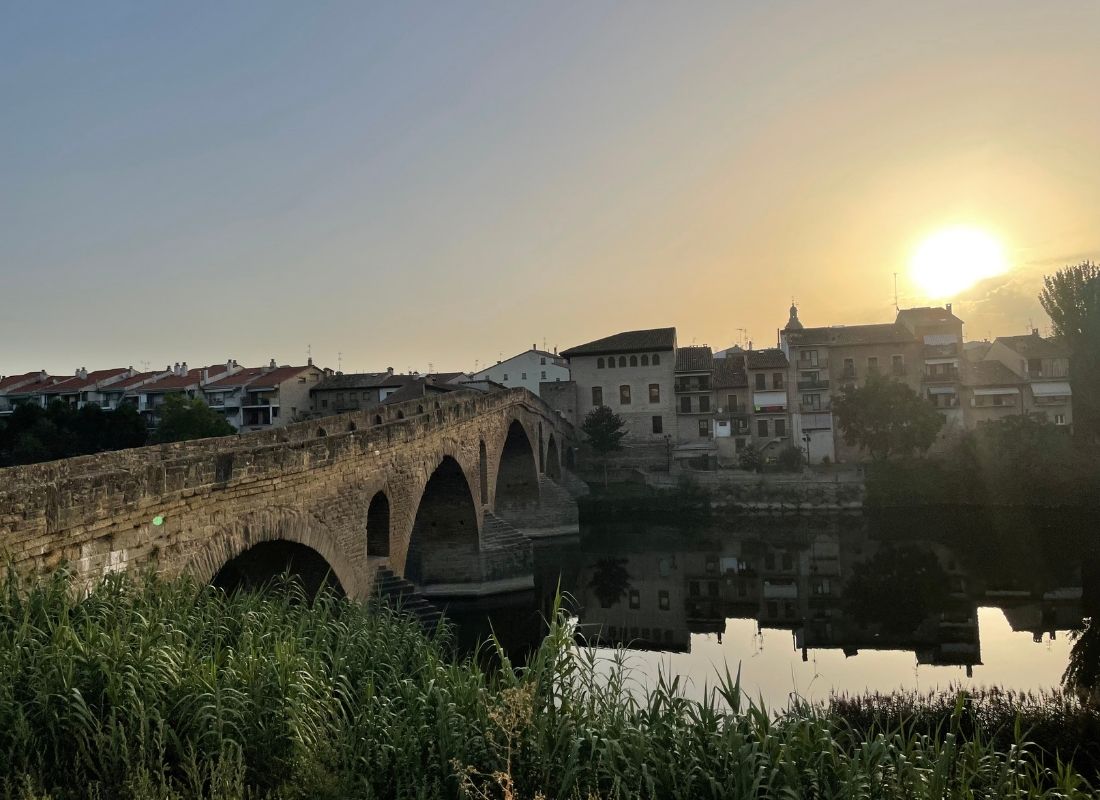
Some people told me there’s a camino tradition to take your shoes off when you walk over this bridge- no idea if that is true
The Perfect Sock
Don’t worry, I already have it figured out so you don’t have to. There is only one sock you should we wearing on the camino- Smartwool Hiking Socks. I packed two pairs, which is all you need- a normal one and a lighter one (because summer heat). I switched them every day and washed one pair every night, letting it dry at night and sometimes through the next day.
These socks were super comfy, didn’t store sweat (which is what causes blisters), and were the absolute perfect sock. I will never wear another.
Here you can find regular Men’s Smartwool Hiking Crew Socks and here are some Men’s Smartwool Crew Socks on the lighter side (cool patterns!).
As for women, here you can find normal Women’s Smartwool Hiking Crew Socks.
For more options, visit the Smartwool Storefront!
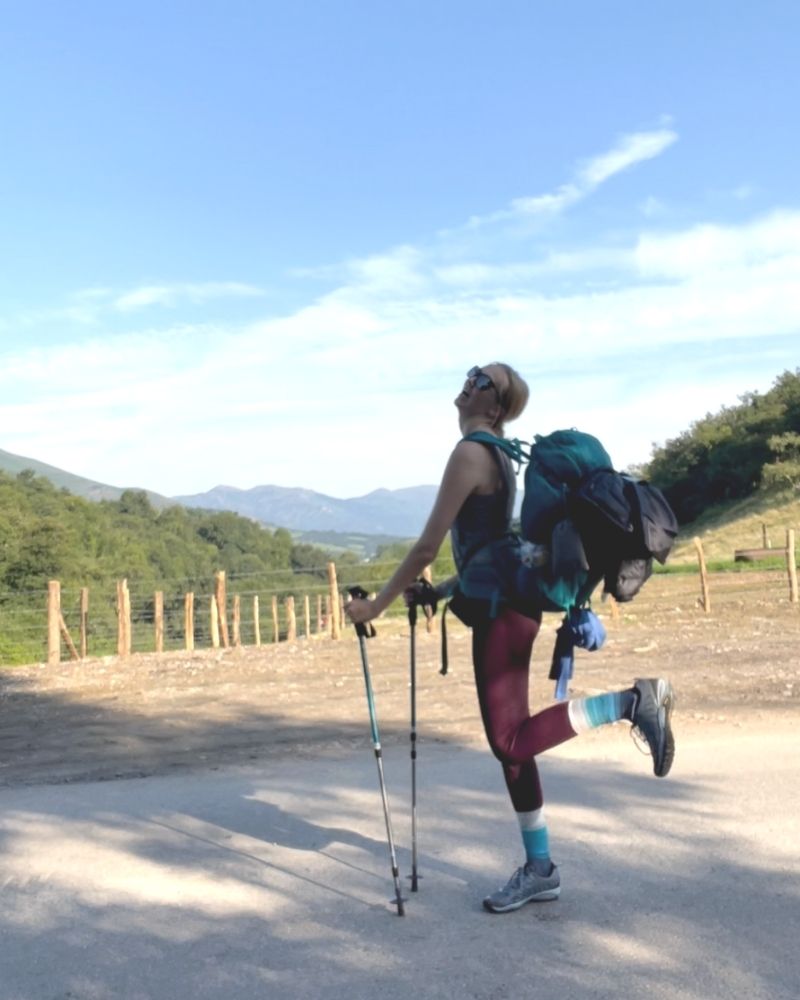
My Smartwool Light Hiking Socks and awesome walking sticks
Walking Sticks Are Your Best Friend
Oh my god, did I love my walking sticks. They felt a little odd at first, but after a couple days in they were like extensions of my limbs. Walking sticks are amazing for taking a bit of the pressure off your shoulders and back and making carrying your backpack a bit easier. They are also great for maintaining your balance while walking on uneven grounds, as well as helping to push you up inclines. There is quite a bit of both on the camino, I warn you.
I met an older man walking with his grandson. He was only doing about five days worth of the camino, but he was curious about my walking sticks because he hadn’t brought any. By the end of me telling him how much I loved them, he definitely wished he had.
The backpack, even if light as a feather, will eventually weigh on you after miles and miles of walking. Walking sticks just made everything easier. And if you get tired of them, you can just fold them up and insert them through your backpack straps. Easy as 3.14159. (Sorry that’s a terrible joke and I know it)
I bought some random $15 walking poles from my local outdoorsy store. I don’t think the type is super important, as long as they do their job.
Also, be aware that walking sticks may not be allowed as carry-on. I had to check mine.
Amazon has a lot of affordable walking poles that are great options.
These BAFX Aluminum Walking Poles have a lot of great reviews and fold up really nicely. Also a good price!

My attempt at Martin Sheen’s ‘The Way’ photo
Clothes To Pack for the Camino de Santiago
For Women:
The less, the better. Here is what I recommend:
Dry fit t-shirts will dry fast, which is what you need after washing them every night. Also, I brought one tank top but did not wear it because the sun just scorches down on you and burns you right up, even with sunscreen. T-shirts protect the shoulder and neck, which is what you need.
- Two hiking shorts
The type of shorts you bring is completely up to you. Some prefer looser and shorter hiking shorts like these, while others prefer tighter and longer hiking shorts like these. Bring two pairs and wash them every day.
- Two socks (mentioned previously)
- One pair of leggings
Bring a pair of athletic leggings, not just cotton ones. Those will wear out too much. I sometimes wore leggings in the colder morning and changed behind some trees as the sun began to appear.
I brought a Nike dry fit half-zip. I loved it and wore it in the cooler mornings before it got hot.
Even in the summer, the morning can be frigid (especially in the mountains). I was often grateful that I brought a small puffer coat that could easily be folded into a small bag.
When you get to your albergue in the afternoon and shower, you will need something to change into that isn’t your clothes for tomorrow. I lived in a super light-weight dress I brought. It felt so wonderful to throw on after I showered and walk around whatever town I was in.
If you’re not a dress person, you can always just pack a t-shirt and some light-weight shorts.
- Warm light sweater or button-up top
I brought a light-weight cardigan that I wore over my sweater at night. You definitely want something for warmth, especially when your other layers are dirty or wet from being washed.
You will also need a pair of shoes to wear that isn’t your sneakers. You’ll want to wear them in the shower and when you walk around town. Sandals will help air out and dry your feet (and potential blisters).
There are so many potential options. I have a pair of faux-Burkenstock sandals that I love. Teva Women’s Sandals are also really comfortable walking shoes. Flip-flops work great in the shower but are less fun to walk around in. Crocs flip-flops are actually pretty nice, though.
Ideally, you want sandals that will be dry right after you shower with them. You could always bring one pair and sandals and a pair of thin flip-flops for the shower, but that’s up to you.
- Extra wide cloth headbands or a hat
I don’t know exactly what these are called, but they are amazing. My hair is blonde and when it’s in the sun for long periods of time it dries to a crisp. Having a long head cloth kept the hair out of my face and the sun off my hair and neck.
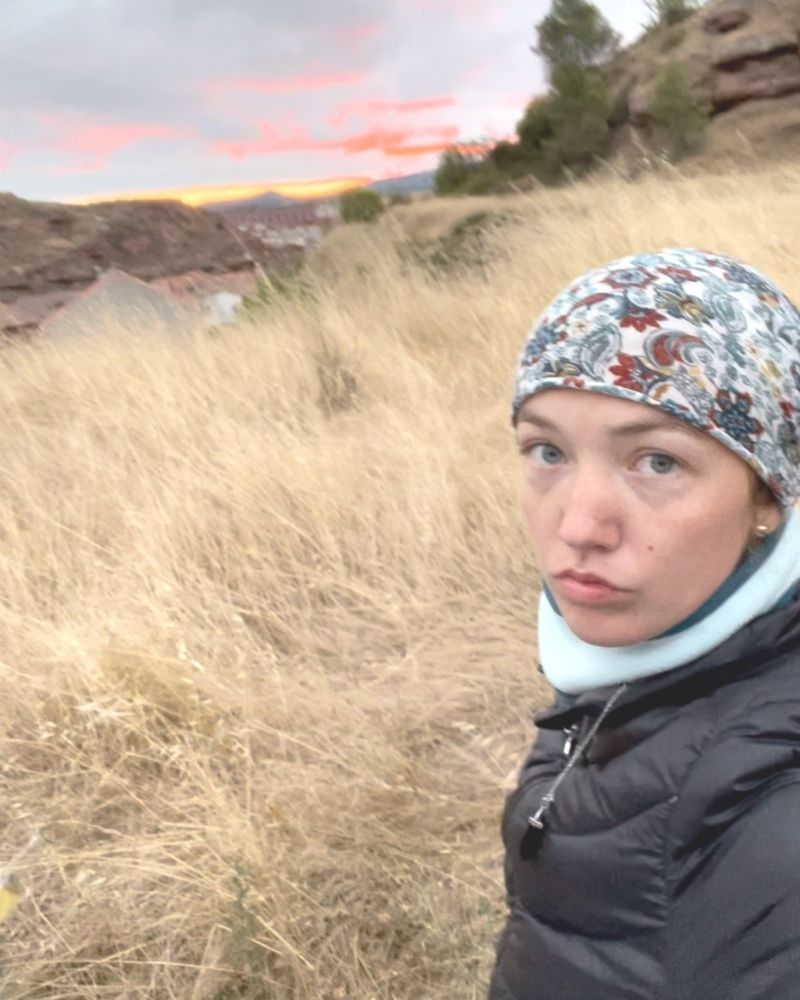
This is the headband thing I’m talking about- I wore it every day
I brought three pairs of underwear because I liked to change after every shower. Having an extra pair made it a lot easier. Definitely bring light-weight, comfy underwear that dries fast. Go for that stretchy, silky fabric instead of the cotton-y ones.
Go for lightweight, easily washable and quick-drying sports bras. Go for ones that will pack and fold up easily.
- Pajamas – a shirt and some shorts
Definitely recommend a soft t-shirt and some soft shorts. If you really want to save space you can use a little comfy outfit in replace of the dress and also sleep in it
Don’t forget these, ladies. Bring extras!
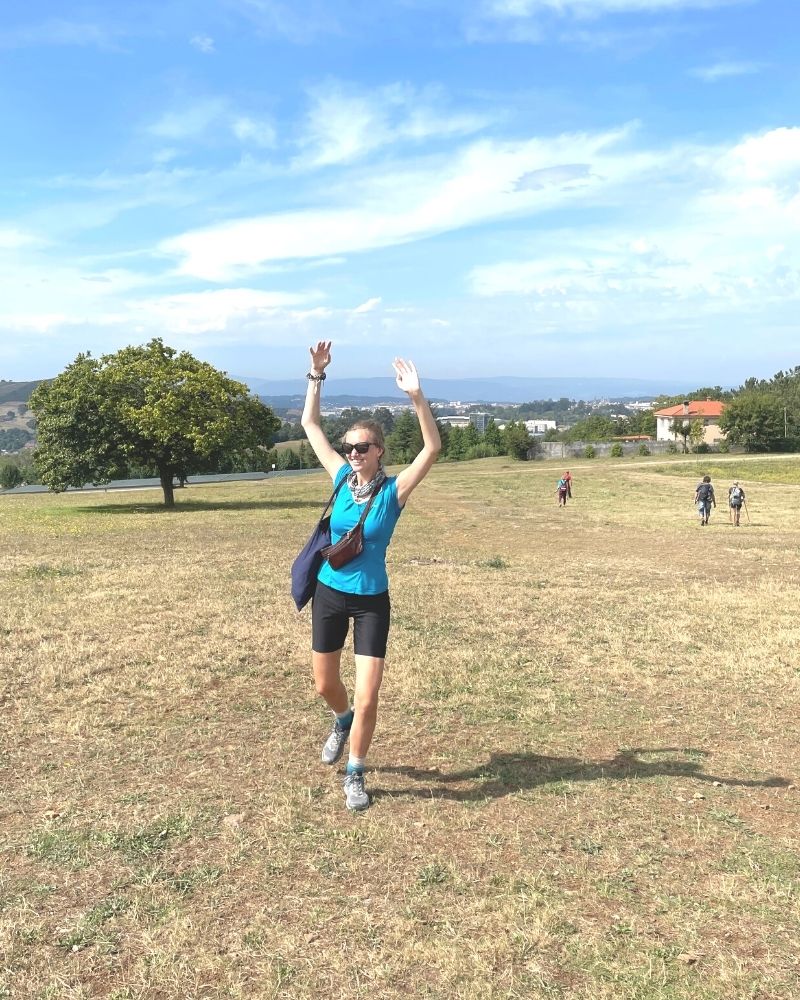
Me, 1 mile from Santiago, out of my damn mind happy
For Men:
It’s pretty similar to the women’s list.
Switch them every other day and wash the dirty one at night. Dry fit t-shirts dry fast and t-shirt will protect your shoulders from the sun.
- Two hiking shorts
- Two socks (mentioned previously)
- One pair of pants
- One dry fit long sleeve shirt
I brought a Nike dry fit half-zip long sleeve. I loved it and wore it in the cooler mornings before it got hot.
Even in the summer, the morning can be frigid (especially in the mountains). I was often grateful that I brought a small puffer coat that could easily be folded into a small bag.
- One casual outfit
When you get to your albergue in the afternoon and shower, you will need something to change into that isn’t your clothes for tomorrow (unless you’re fine with that, in which case do it because it saves space).
- One warm casual top
This is for at night when it gets cooler and your other warm tops are dirty or wet.
- One pair of sandals or flip-flops
You will also need a pair of shoes to wear that isn’t your sneakers. You’ll want to wear them in the shower and when you walk around town. Sandals will help air out and dry your feet (and potential blisters).
Ideally, you want sandals that will be dry right after you shower with them. You could always bring one pair and sandals and a pair of thin flip-flops for the shower, but that’s up to you.
There are so many potential options. These Docker’s Mens Sandals are really nice. There are also these sporty flip flops that would work well.
I brought three pairs of underwear because I liked to change after every shower. Having an extra pair made it a lot easier. Definitely bring light-weight, comfy underwear that dries fast. Go for that stretchy, silky fabric instead of the cotton-y ones.
This is to keep the sun off your face on those really hot days. Save yourself the wrinkles!
- Pajamas
I definitely recommend a soft t-shirt and some soft shorts. You can wear your day outfit to save space or you could also just sleep in boxers (but keep in mind you could be sleeping in the same room as a lot of other humans).
!!!! Important to note- if you are traveling during the colder parts of the month, you may want to exchange a t-shirt and shorts for something warmer. Same for both men and women.
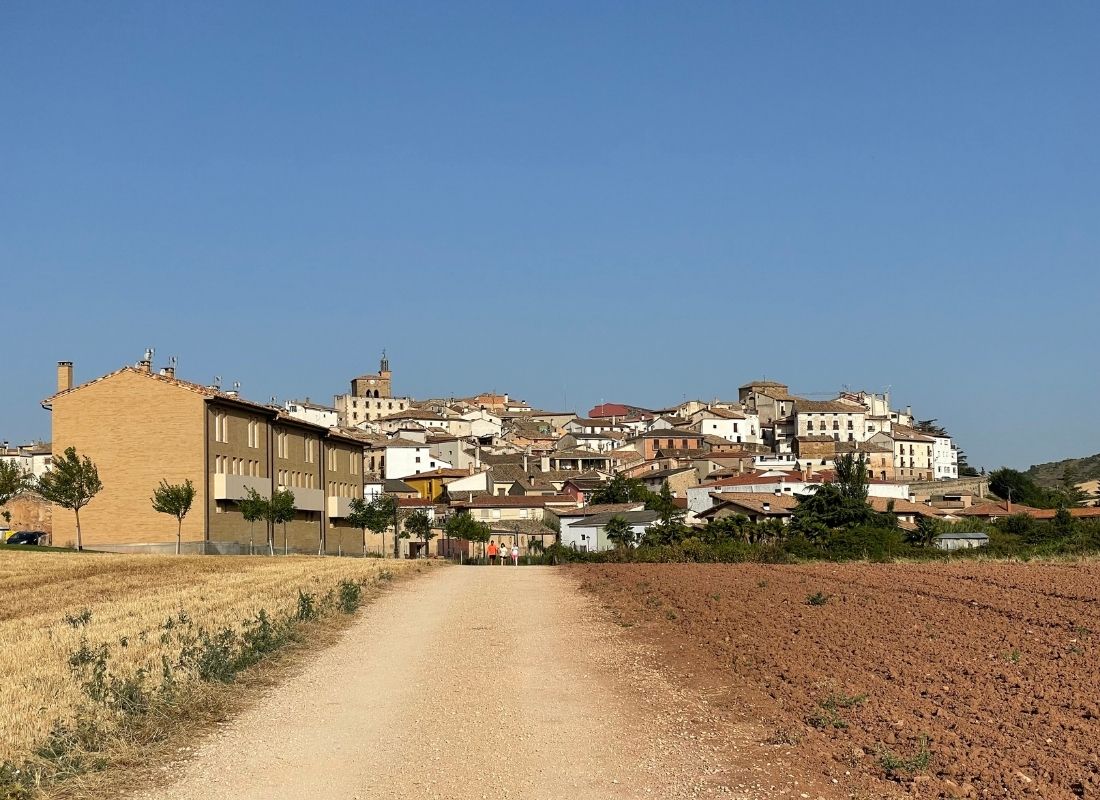
This little town felt like a beautiful mirage after walking in the countryside for so long
Other important things to pack for the Camino de Santiago
I’ve stayed in so many hostels and never had to use them until the camino. It’s like some ancient law transcribed in stone that there has to be one awful snorer in every room you sleep. Even if it’s just you and one other person sharing a room, that person is going to be an awful snorer, I promise you. Ear plugs are a God-send.
- Sunglasses
Invest in a really nice pair. I got some hiking sunglasses that I wore constantly. The brightness can really take a toll on your eyes and it’s really painful in those early afternoon moments when the sun is literally right above you.
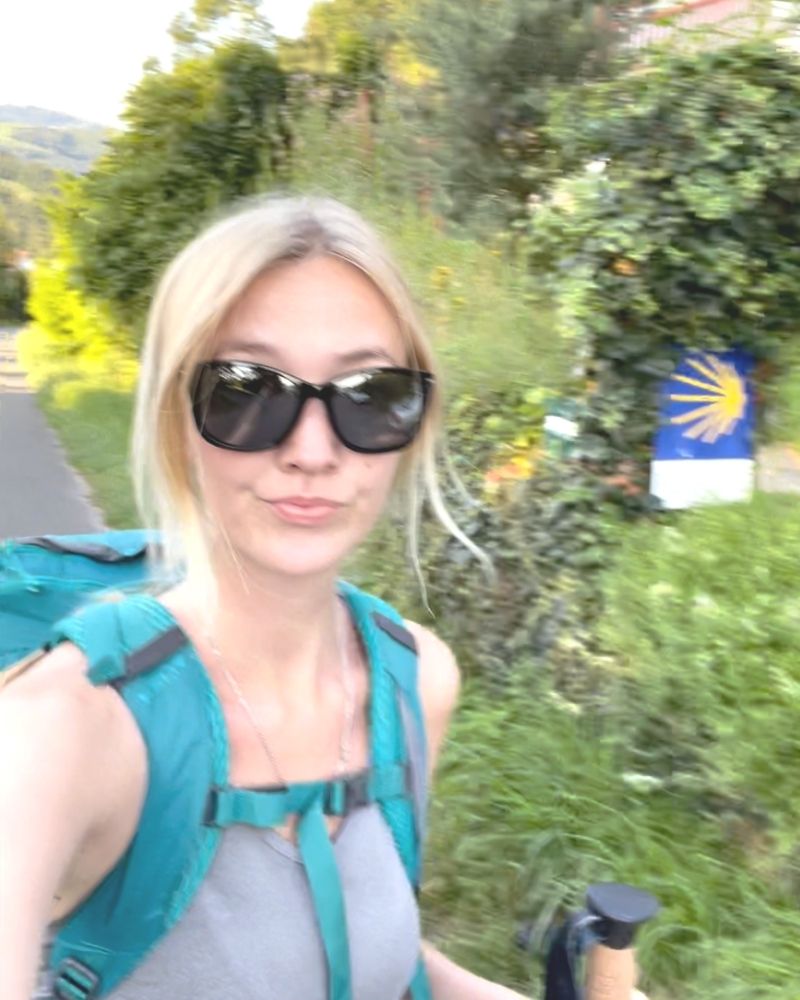
The best sunglasses ever!
I have converted from liquids to bars. They last forever and are easy to carry around. I highly recommend them. The only negative is you have to leave them out to dry, but you can just set them next to your backpack.
There is also this 4 in 1 bar, to save the most space (shampoo, conditioner, body wash, and face wash).
Bring one! Little public fountains are scattered throughout every town. That’s free water! You can fill your bottle every morning and during breaks. I definitely recommend the 1 Liter Lifestraw bottle, which is what I used. The water is safe to drink, the lifestraw gets out any microplastics and additional chemicals. It also improves the taste so says their marketing team.
Bring some bandaids for your blisters you hopefully won’t get. Other than that, don’t bother with the whole first aid kit. There are plenty of pharmacies you can buy what you need from as you need it- no need to carry a bunch of random stuff around like I did.
You want a couple of hooks to be able to attach stuff like a water bottle to your backpack.
- Sleeping bag (or sleeping bag liner)
Definitely bring one of them, at least. Keep it super light and easy to fold up small. I used my sleeping bag every night, even in the hot month of August. Some people only need the liner though. Lots of people recommend a silk liner to keep out bed bugs. I never once encountered bed bugs and I even threw out my liner because it just took up space.
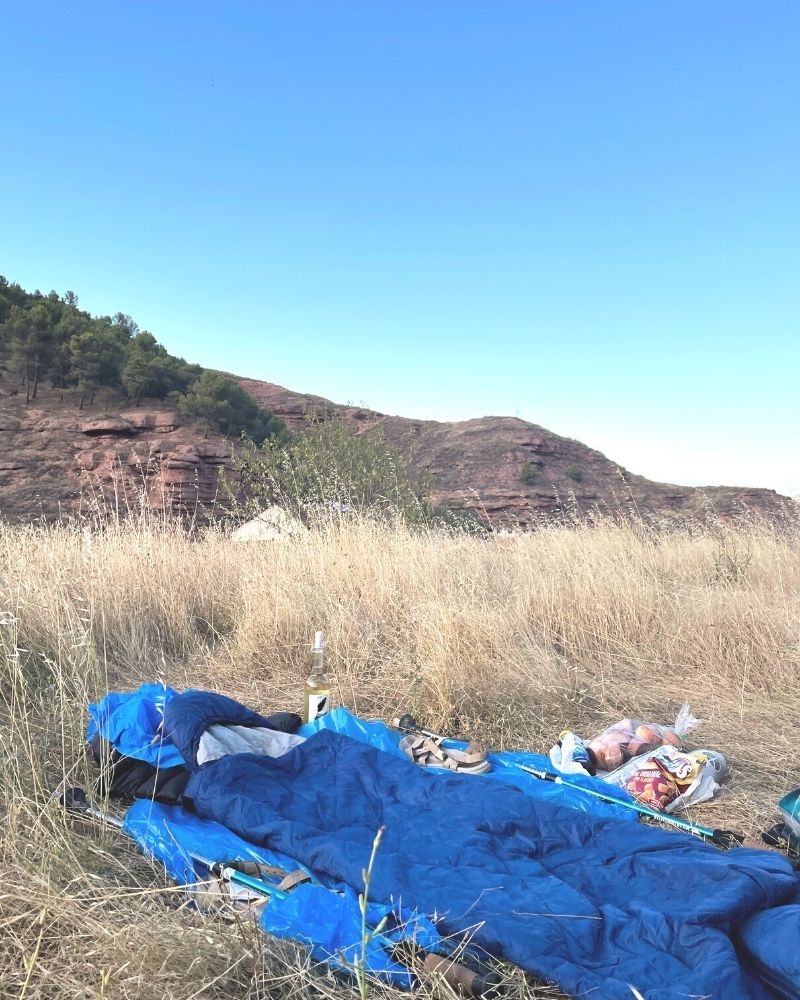
The one night I couldn’t find any available beds
A necessity, pure and simple.
Rain ponchos are nice because they fold up super small, unlike rain jackets. I didn’t use mine once, however, because it never rained. I ended up using it as a tarp to lay on when I got stuck sleeping outside.
So important. Bring it or buy it when you’re there.
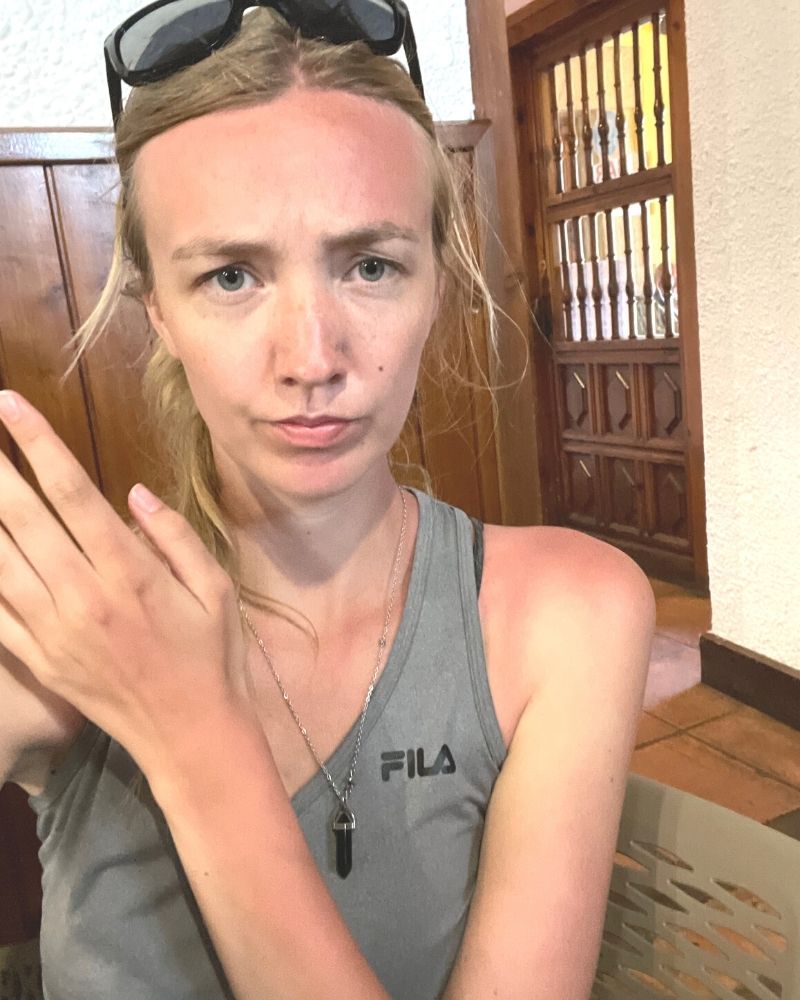
Me, one day in, already with too many regrets
Advil or ibuprofen or whatever you call it. You can bring some from home, but it’s also available in all pharmacies for a couple euros. Ask for ibuprofen abroad for the cheap stuff (same ingredients, guys).
Get one with a strap so you can hang it up in shower areas. Definitely comes in handy. The mesh is really nice to let things dry.
The toothbrush tube is the greatest things to ever be invented.
I brought one for my clothes, which was really helpful in staying organized and saving some space.
This is my most beloved travel adapter. It’s universal and works in every country and also has multiple places on the side, so you can charge multiple items at the same time.
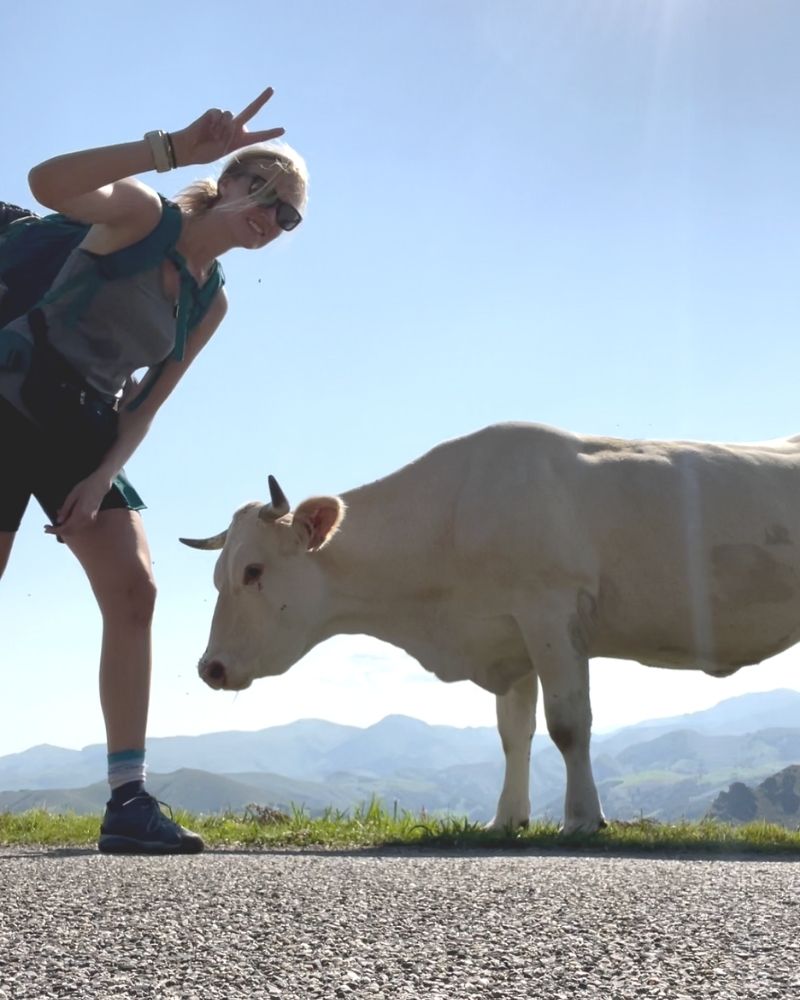
Me and Betty the ancient warrior cow that guards the entryway to the camino. Legend says Betty still stands in the same exact spot to this day
Things you probably don’t need (but are nice to have)
These were a must have for me, but not for everyone. I wore them around my neck when I wasn’t using them, so I didn’t have to worry about packing them. I enjoyed the sounds of nature for the first couple of hours in the morning and then would listen to some music to pump me up in the afternoon.
Airpods take up very little space and are a good bet if you want to bring some.
I brought a little drawing pad with me because I wanted to draw in my spare time. I didn’t do much of this. However, I did make a couple drawings that I gave to friends I made along the way- it’s nice to know they have a little physical reminder of the time we spent together.
I really wanted to bring a journal to write my experiences so I wouldn’t forget, but I just couldn’t take the weight. Instead, I used my phone notes to write a daily blog.
I made the difficult decision to not bring a book and I regretted it every day. I went to bookstores along the route searching for English books, but it took me a long while to find one.
If you haven’t yet, definitely read The Pilgrimage by Paulo Coelho. It’s the book that inspired me to walk the Camino many years ago.
It’s an endless supply of books in a much lighter format.
Yeah, it’s really nice to have one, but I never really needed it. There’s always a plug somewhere to charge your stuff- and you don’t really need google maps on the camino. There are shells everywhere and it’s tough to get lost.
Not everyone is a fanny pack person, but I definitely am. I wore it every day- it makes it easy to access your phone and money. It also feels safer to keep these items strapped to my body at all times.
I never used mine. If you’re going during rainy months, though, it is definitely a good thing to have.
You have your phone so you really don’t need the nice camera (unless you’re a photographer). I know it hurts because camera photos are so fun, but really- you don’t need the extra weight.
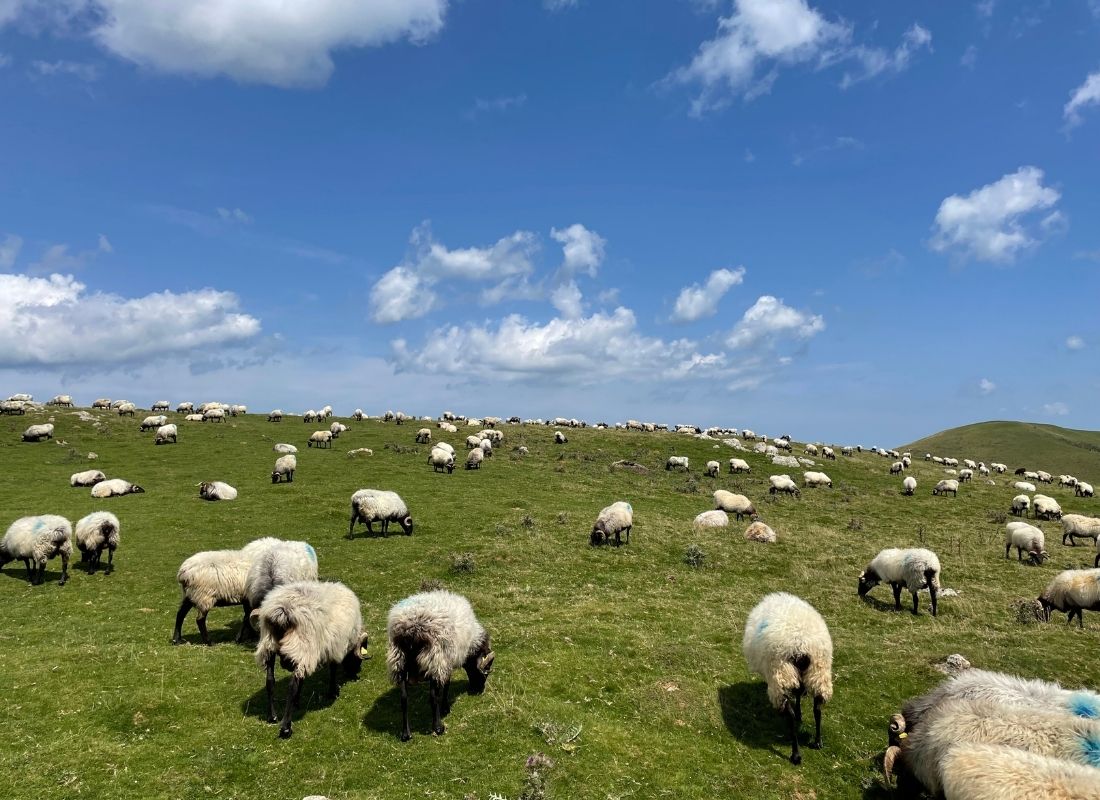
Who needs a camera when phones take pics like this now?
This is almost a must-have for me. It’s great to be able to put your stuff in a bag when you get groceries after a day of walking and go picnic somewhere. But it’s not a must-have, just a really convenient thing to have. Many albergues will give them to you for free (more towards the middle of the route).
It was really fun for me to know exactly how much I walked and how many calories I burned.
I hope this packing list was helpful! Drop a comment down below if you think I forgot anything.
Buen Camino my friends!
XO,
Meg


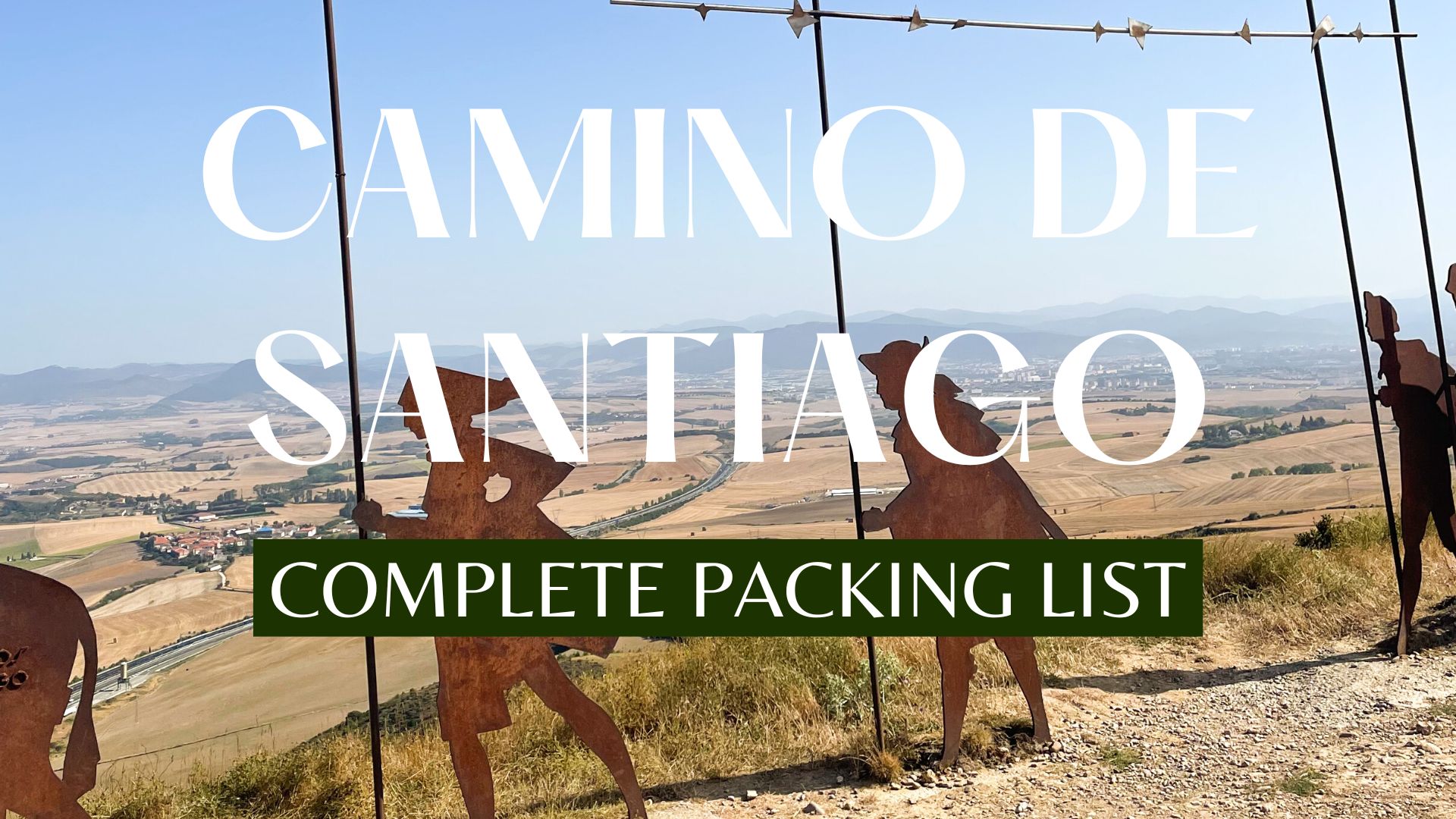
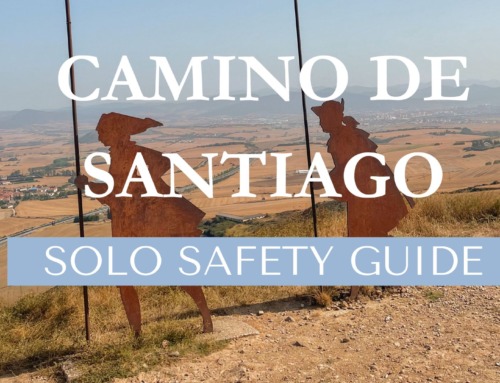

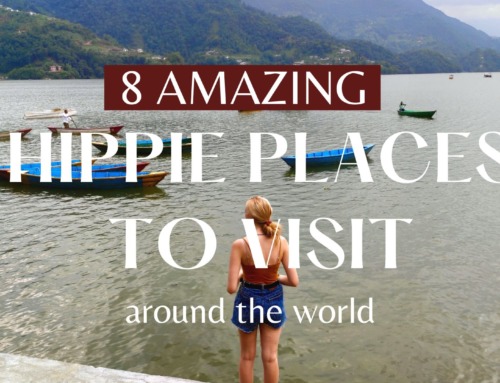
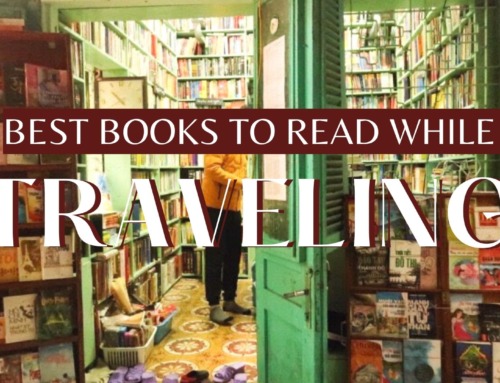
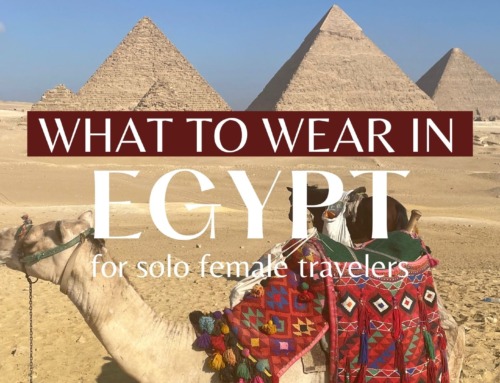
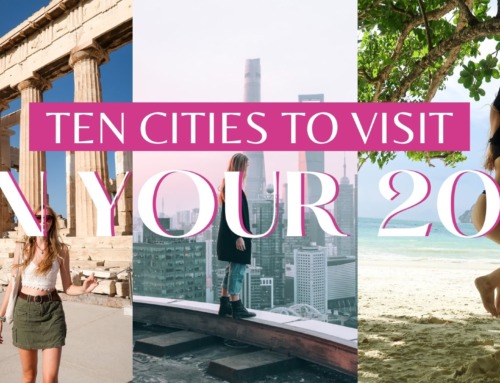
Leave A Comment